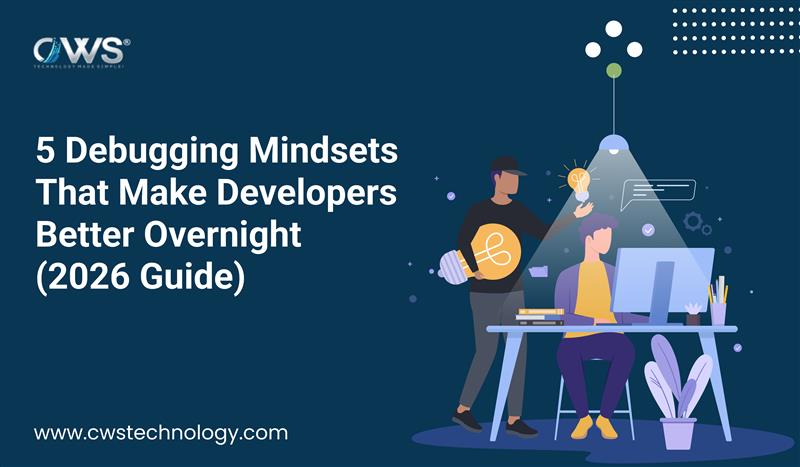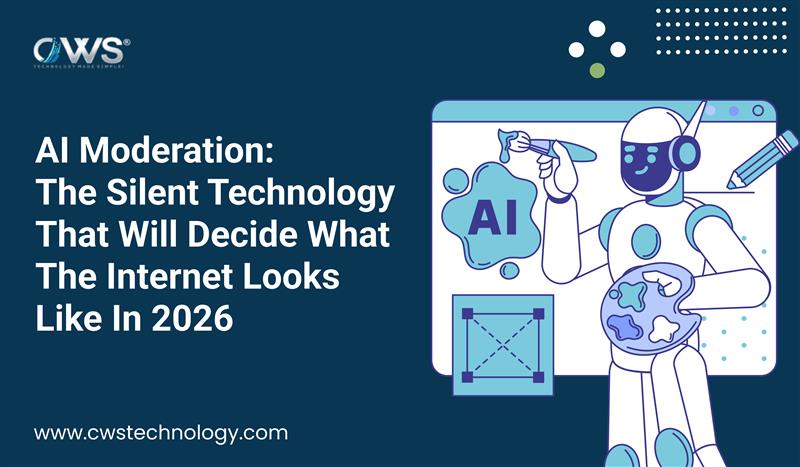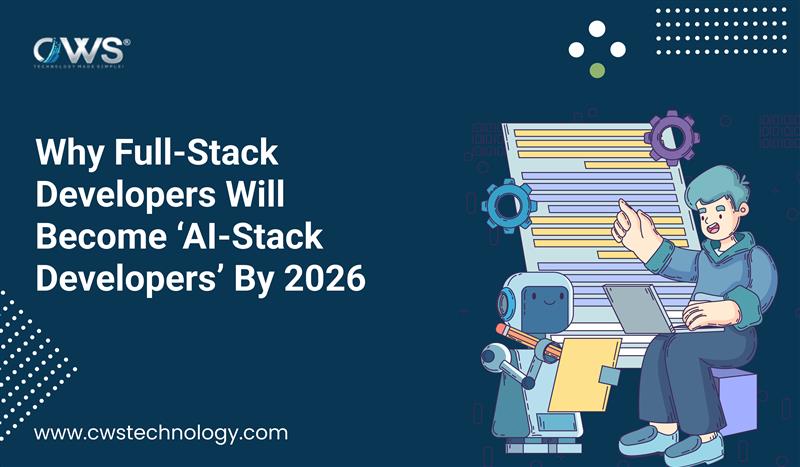Have you ever wished for your computer to truly comprehend you? With the help of Natural Language Processing (NLP) tools that aspiration is becoming more achievable! NLP tools act as assistants capable of analyzing and grasping human language.
What is Natural Language Processing?
Natural Language Processing, commonly abbreviated as NLP is a field within the realm of artificial intelligence. It revolves around how computers engage with languages. In terms NLP empowers computers to grasp, interpret and react to language in a meaningful manner. Whether spoken or written, NLP serves as a bridge between our way of communication and how computers process information.
How Does Natural Language Processing (NLP) Function?
- Natural Language Processing (NLP) involves processing amounts of language data to comprehend and extract meaning from it. This encompasses stages;
- Tokenization; dividing text into smaller units of words or sentences.
- Parsing; Examining the structure of sentences to understand their syntax.
- Sentiment Analysis; Determining the tone or sentiment conveyed by the text.
- Named Entity Recognition (NER); Identifying entities such, as names of individuals, locations, dates, etc.
Translation, by machines involves converting text from one language to another. Following these procedures enables computers to understand the subtleties and context of language effectively. We can recognize the influence this has on our routines and anticipate forthcoming advancements in this field.
Why Is Natural Language Programming (NLP) Important?
NLP is essential because it enables seamless communication between humans and machines. Instead of needing to learn complex programming languages or commands, we can simply talk or type naturally, and the machine will understand and respond accordingly. This ability to interact naturally is vital in our technology-driven world, making interactions with devices and applications more intuitive and user-friendly.
Applications of NLP
NLP is used in many applications we encounter daily. Some common examples include:
- Virtual Assistants: Alexa, and Google Assistant use natural processing language to understand and reply to user queries.
- Customer Service: Chatbots powered by NLP can handle customer inquiries efficiently.
- Translation Services: Tools like Google Translate use NLP to convert text from one language to another.
- Sentiment Analysis: Businesses use NLP to analyze customer feedback and social media posts to understand public sentiment.
- Text Summarization: NLP helps in summarizing large documents or articles, making it easier to grasp the main points quickly.
Improving Business Operations
NLP, or Natural Language Processing, brings a plethora of benefits to businesses. By automating routine tasks, NLP can save significant time and resources. It also excels at analyzing vast amounts of text data, extracting valuable insights that can drive better, data-informed decisions. Additionally, NLP enhances customer service by providing instant, accurate responses, thus improving customer satisfaction and operational efficiency.
Must Know | The Importance of Precise Programming in Machine Learning
Understanding Human and Machine Languages
The Difference Between Human and Machine Communication
Human languages, such as English, Spanish, and Chinese, are rich and complex, allowing us to convey our thoughts, emotions, and nuances effectively. In contrast, computers communicate using machine language or machine code, which is composed of binary digits—zeros and ones. This binary language, while crucial for computers to execute logical operations, is incomprehensible to most people.
Early Methods of Communication with Computers
About seventy years ago, programmers used punch cards to interact with the first computers. This method was both manual and labor-intensive, understood only by a few experts. Despite its complexity, the use of punch cards laid the groundwork for the advanced technologies we rely on today.
By blending the natural flow of human language with the precision of machine communication, we continue to bridge the gap, making technology more accessible and user-friendly.
The Evolution of Human-to-Machine Interaction
Modern Communication with Devices
Today,interacting with devices has become incredibly intuitive. Take a simple command like, “Alexa, I like this song.” Instantly, the device responds in a friendly, humanlike voice, “OK. Rating saved.” Behind this seamless interaction are remarkable advancements in Natural Language Processing (NLP) and other AI technologies such as machine learning and deep learning.
Let’s break down this process step by step. First, when you speak, the device activates upon recognizing your voice. It then processes your words to grasp the intent behind your comment. Next, it performs the desired action, adjusting its algorithm to play that song and similar ones in the future. Finally, it provides you with feedback in a clear, well-formed sentence. And all of this happens within about five seconds, making the experience feel almost magical.
Related Post | What is Google’s AI Overviews?
The Role of NLP in Modern Technology
Enabling Seamless Interactions
Natural Language Processing (NLP) plays a crucial role in facilitating seamless interactions between humans and machines. By enabling devices to comprehend and respond to natural human language, NLP makes technology more accessible and user-friendly.
Integrating AI Elements
Beyond NLP, other AI components such as machine learning and deep learning are essential in this process. Machine learning allows devices to learn from data and continuously improve their performance, while deep learning aids in deciphering intricate patterns in human language. Together, these technologies enhance the ability of machines to understand and interact with humans in a more intuitive and effective manner.
The Future of NLP
Advancements in Technology
The landscape of Natural Language Processing (NLP) is in a state of rapid transformation. As machine learning and artificial intelligence continue to advance, NLP systems are becoming increasingly sophisticated, precise, and capable. Cutting-edge research aims to enhance these systems’ ability to grasp context, manage intricate queries, and even discern subtleties such as sarcasm or humor within text.
Potential Challenges
Despite these significant strides, NLP still encounters substantial challenges. The complexity and diversity of human language, with its myriad nuances and variations, present a formidable obstacle. Ensuring that NLP systems can navigate these intricacies with accuracy remains an ongoing endeavor. Nonetheless, with relentless research and development, the future of NLP holds great promise.
Conclusion
Natural Language Processing is a significant technological breakthrough that enhances our interaction with machines. It simplifies communication, offers practical applications in various fields, and improves business operations. As technology advances, NLP will continue to grow, bringing even more benefits and transforming how we interact with the digital world.
By understanding NLP and its importance, we can appreciate the tremendous impact it has on our daily lives and look forward to its future developments.








